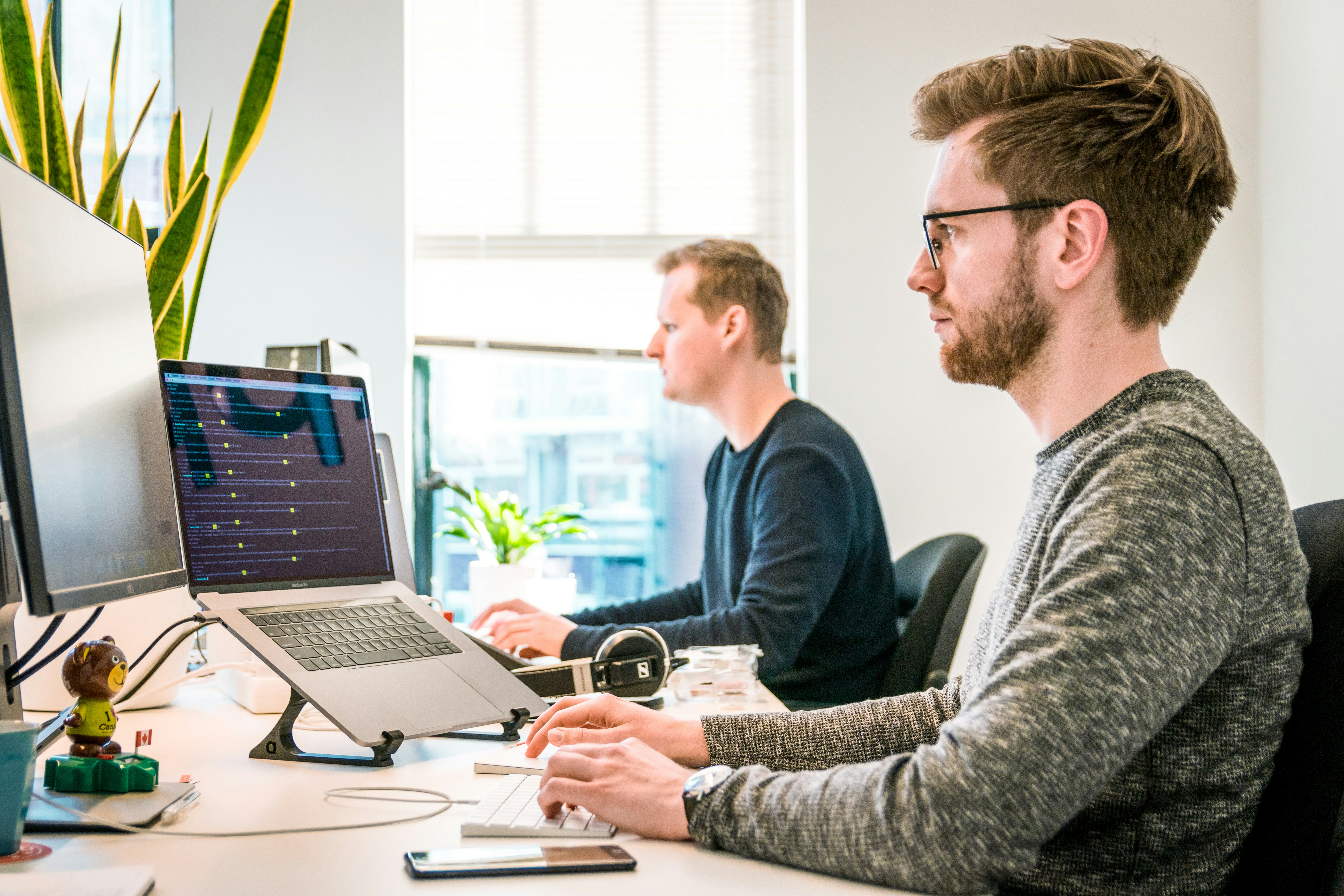
Revamp Your Workspace With Simple Tips To Stay Active Throughout The Day
Changing the arrangement of your desk often brings a burst of motivation and helps you stay comfortable during extended hours at work. Begin by observing how your workspace looks right now, paying close attention to your usual seat and the way you shift your body throughout the day. Small changes, such as adjusting your chair position or moving your monitor, can reduce tension and make it easier to concentrate. Taking time to notice what works and what doesn't allows you to create a setup that feels more inviting and productive. With each thoughtful adjustment, you can enjoy a more pleasant and effective work experience.
Advertisement
Clear out clutter and highlight spots that invite movement. A tidy area makes it easier to reach for items and encourages mini-strolls. You’ll notice an instant lift in comfort when you remove obstacles between you and healthy habits.
Evaluate Your Workspace Layout
Understand how you use key zones at your desk. Measure distances and pinpoint areas where you lean in or stretch. These insights reveal hidden friction points that slow you down.
Follow these steps to analyze your setup:
- Map out your frequent reach zones for items like your mouse, water bottle, and files.
- Check screen height so your eyes sit level with the top third of the monitor.
- Measure chair-to-keyboard distance; aim for elbows at 90 degrees.
- Scan foot placement to ensure both feet rest flat on the floor or a footrest.
- Note any blind spots that force you to twist or stretch awkwardly.
Once you find strain points, move equipment into ergonomic positions. A few centimeters can cut neck pain and encourage better posture.
Take Movement Breaks
Short breaks help reset your muscles and mind. They interrupt long sitting spells and increase blood flow. Plan quick bursts of motion into your day to stay alert and limber.
Try these ideas and timings:
- Every 30 minutes: Stand and stretch sideways to open your ribcage.
- Hourly: Walk 50 steps around your space or up and down stairs.
- Midday: Do desk squats or wall push-ups for two minutes.
- Afternoon: Perform seated leg lifts or ankle circles to reduce stiffness.
These mini-routines break monotony and prevent energy slumps. A brief pause can sharpen your focus for the next task.
Choose Ergonomic Accessories
Selecting the right gear reduces strain and encourages activity. An adjustable chair supports your spine and lets you shift positions smoothly. Swap a static cushion for a wobble seat to add micro-movements.
Consider a sit-stand desk that slides from sitting to standing quickly. Alternating postures reduces lower back pain and increases calorie burn. Pair it with a footrest to keep legs engaged.
An ergonomic keyboard and mouse can decrease wrist stress. Split keyboards angle your hands naturally, while vertical mice keep your arm in a handshake position. These tools limit fatigue so you can type longer without aches.
Create a Visual Activity Schedule
Seeing action items mapped out encourages you to follow through. Post a simple daily tracker on a wall or whiteboard. List movement goals next to task deadlines. Watching boxes fill in offers instant satisfaction.
Plan hour-by-hour prompts for stretching, walking, or light exercises. Use color-coded markers: green for stand breaks, blue for stretches, red for walk reminders. A glance at your chart signals it’s time to move.
Keep sticky notes near your monitor with quick prompts like “twist torso” or “shoulder rolls.” Those small cues remind you to break patterns of stillness and revive circulation. A visual roadmap makes healthy moves hard to ignore.
Use Technology to Remind You
Apps and devices can prompt you to shift from your seat. Many allow custom timers and alert styles. You can choose an alarm, vibration, or gentle chime. Pick what feels energizing, not jarring.
Explore these options:
- Pomodoro Tracker: Work in 25-minute blocks with built-in break alerts.
- Stand Up! The Work Break Timer: Sets intervals for standing and moving.
- Fitbit: Vibrates when you stay inactive for an hour.
- Apple Watch: Cheers you on after hourly stand goals.
- Desktop tools like DeskTime: Tracks activity and suggests walking breaks.
Connect these tools to your calendar for smooth planning. Syncing prevents overlaps with meetings and makes breaks purposeful. Your phone or wearable becomes a virtual coach that prevents you from staying stationary too long.
Make small adjustments, like taking extra steps or setting reminders, to improve your energy and posture. Begin with one change today and gradually develop a more active routine.
Advertisement